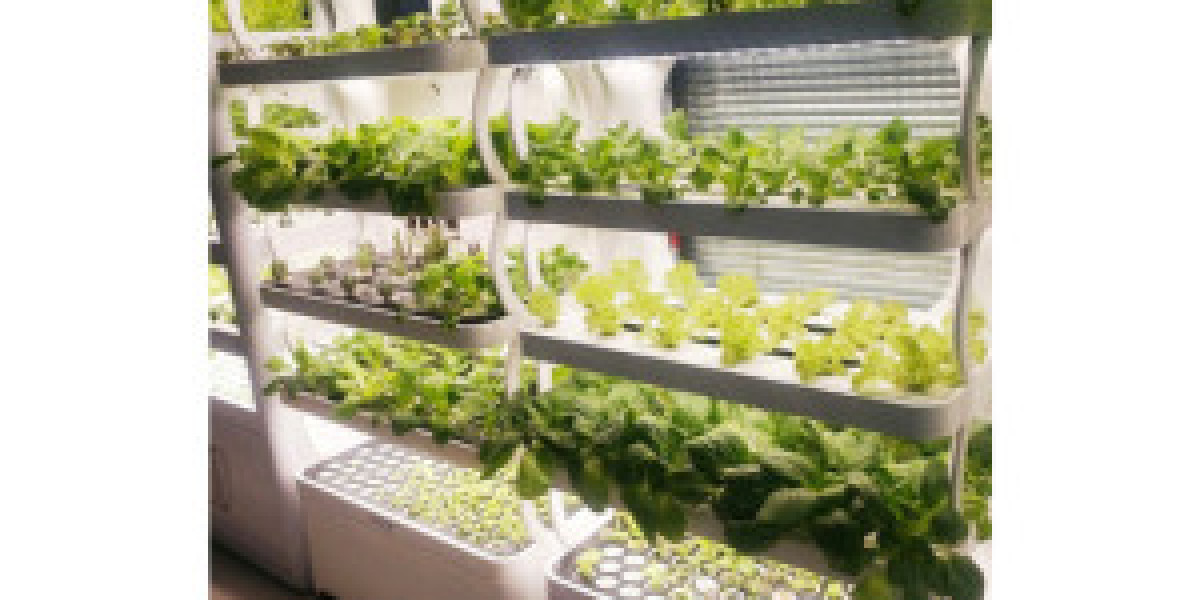In a world where urbanization is on the rise, the idea of cultivating your own food indoors has become increasingly appealing. Indoor vegetable garden allows you to grow fresh, nutritious produce right in your home, regardless of the climate outside. Whether you have a spacious kitchen, a sunny balcony, or just a small windowsill, this guide will take you through the entire process of growing vegetables indoors—from selecting the right seeds to enjoying the fruits of your labor. By the end of this article, you'll be equipped with the knowledge you need to start your own indoor vegetable garden.
Understanding Indoor Gardening
Indoor gardening is the practice of growing plants inside your home, typically in containers or raised beds. This method of gardening has gained popularity due to its numerous benefits, including convenience, year-round growing potential, and the ability to control environmental factors. According to a study by the National Gardening Association, nearly 35% of U.S. households engaged in gardening activities in 2020, with a notable increase in indoor gardening. This surge is largely attributed to the pandemic and the desire for self-sufficiency.
Selecting the Right Seeds
Choosing the right seeds is crucial for the success of your indoor vegetable garden. Start by selecting vegetables that thrive in confined spaces and have shorter growth cycles. Popular choices for indoor gardening include lettuce, spinach, radishes, tomatoes, peppers, and herbs such as basil and parsley. Look for seeds that are specifically labeled as suitable for indoor gardening, as these varieties are often bred to perform well in smaller environments.
Preparing Your Indoor Garden Space
Once you’ve selected your seeds, the next step is to prepare your indoor garden space. Consider factors such as light exposure, accessibility, and aesthetics when choosing a location. Ideally, your garden should be placed near a south-facing window to maximize sunlight exposure. If natural light is limited, you may want to invest in grow lights, which can provide the necessary spectrum of light for healthy plant growth.
Soil and Fertilization
The choice of soil is another critical component of your indoor vegetable garden. Opt for high-quality potting soil that is specifically designed for container gardening. This type of soil typically contains a mix of peat moss, vermiculite, and perlite, providing excellent drainage and aeration. Avoid using garden soil, as it may contain pests, diseases, or weed seeds that could harm your indoor plants.
Watering Your Indoor Garden
Watering is one of the most critical aspects of maintaining a healthy indoor vegetable garden. Overwatering can lead to root rot, while underwatering can cause your plants to wilt and produce poor yields. The key is to find the right balance based on your plants' specific needs and environmental conditions. Generally, it’s best to check the top inch of soil for moisture before watering; if it feels dry, it’s time to water.
Pest and Disease Management
While indoor gardening offers many advantages, it’s not without its challenges. Pests and diseases can still affect your indoor vegetable garden, so it’s essential to be vigilant. Common indoor pests include aphids, spider mites, and whiteflies. To manage these pests, regularly inspect your plants for any signs of infestation, such as discolored leaves or visible insects.
Harvesting Your Indoor Vegetables
After months of nurturing your plants, the moment of harvest has finally arrived! The timing of your harvest will depend on the specific vegetables you’ve chosen to grow. Leafy greens, such as lettuce and spinach, can be harvested by cutting the outer leaves while allowing the inner leaves to continue growing. Other vegetables, such as tomatoes and peppers, should be harvested when they reach their full color and size.
Conclusion: Enjoying the Fruits of Your Labor
Growing an indoor vegetable garden is a rewarding experience that not only provides fresh produce but also offers a sense of accomplishment and connection to nature. By following the steps outlined in this guide—from seed selection and preparation to watering and harvesting—you can successfully cultivate your own indoor garden. Remember to be patient and attentive, as plants require time to grow and flourish. As you embark on this gardening journey, consider experimenting with different vegetables and techniques to make your indoor garden truly unique. Happy gardening!


